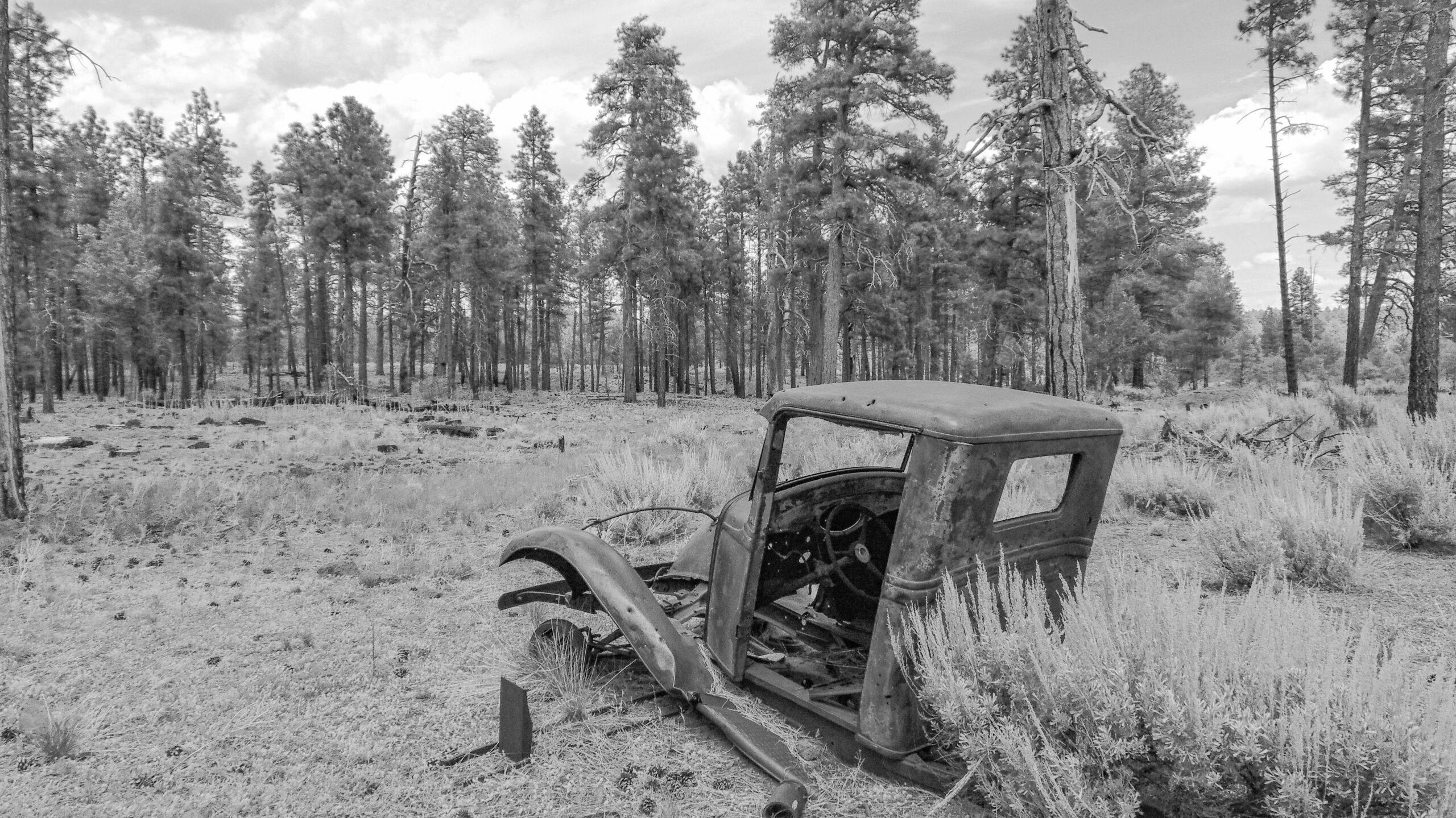Determine If You Are Being Misled or Lied To!
The attention given to RS 2477 rights-of-way has been accompanied by misinformation spread by anti-access environmental groups and federal bureaucrats. Sometimes this is due to misunderstanding the issue. Often, however, it is a deliberate effort to deceive. The following are the fundamental facts about RS 2477. If you encounter anything contrary, you are either being misinformed or intentionally misled.
A Word of Caution!
If those supporting continued public access to public lands fail to discuss RS 2477 accurately, they play into the hands of the lockout crowd. Double-check yourself on the facts, too!
- RS 2477 is a simple and straightforward law.
The entire text of RS 2477 states: “The right-of-way for the construction of highways across public lands not reserved for public purposes is hereby granted.” - Congress reaffirmed RS 2477 in 1976.
RS 2477 became law in 1866. Although anti-access extremists argue it is inconsistent with modern public land policies, Congress explicitly reaffirmed all RS 2477 grants when it repealed the law and replaced it with the Federal Land Policy and Management Act (FLPMA) in 1976. - RS 2477 was a self-executing law.
Once the conditions were met, the right-of-way grant was made. No further action by the grantee or Congress was necessary. - Congress bypassed the Executive Branch in making RS 2477 grants.
Under the Constitution, Congress has exclusive authority over public lands (Article IV, Section 3). In 1976, Congress reaffirmed RS 2477’s granting process. Federal agencies have no independent authority over RS 2477 roads beyond what Congress delegates. - RS 2477 grants are property rights.
These rights are constitutionally protected. When a grant was made, the government’s interest in the underlying land became the “servient estate,” while the grantee’s right-of-way became the “dominant estate.” The government may not interfere with the grantee’s exercise of their rights. - RS 2477 grants include associated rights.
These rights allow for road maintenance and upgrades. State law plays a role in defining the scope of these rights, the width of the right-of-way, and how grant requirements were met. - RS 2477 assertions are not “claims.”
Referring to them as “claims” is legally incorrect. A valid RS 2477 grant was established before its repeal in 1976. Anti-access activists use the term “claims” to confuse the issue. - RS 2477 grants a right-of-way, not a road.
“Highway” in RS 2477 includes roads, trails, bridges, and other public ways. The key element is the public’s right to use the way. - A road’s physical condition does not affect its legal status.
A right-of-way exists regardless of a road’s current state, even if it has been obliterated. Roads can be legally re-established. A right-of-way can only be relinquished or abandoned according to state law. - Vehicle passage can establish a valid RS 2477 road.
Construction by machinery is unnecessary. Anti-access groups argue otherwise, but case law and federal policy affirm that vehicle use suffices. - Federal agencies cannot close RS 2477 roads.
Agencies lack the authority to close RS 2477 roads. Only courts can determine the validity of RS 2477 assertions or disputes.
The next time you encounter a federal bureaucrat attempting to close an RS 2477 road, challenge them to cite their legal authority. This often leaves them unable to respond effectively.

